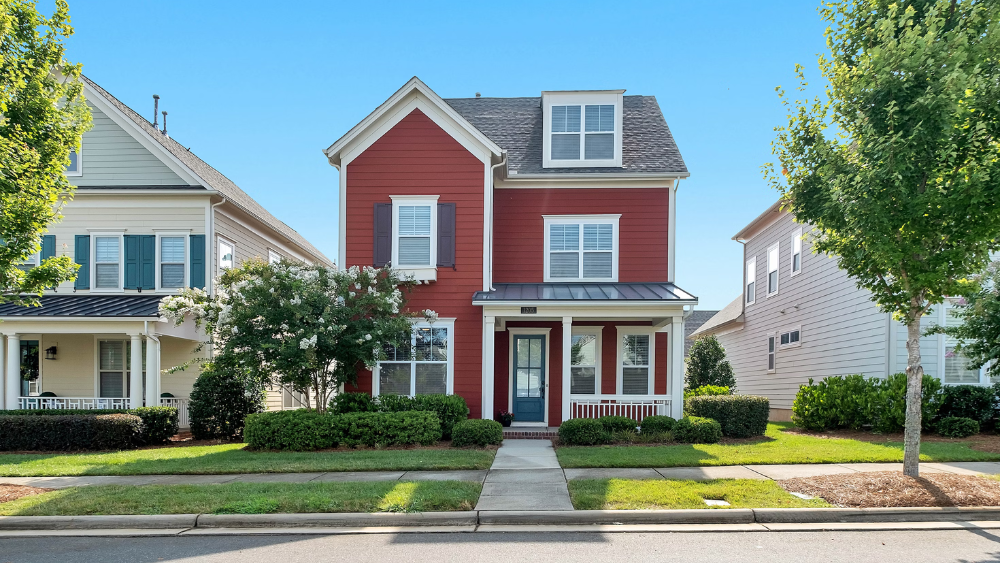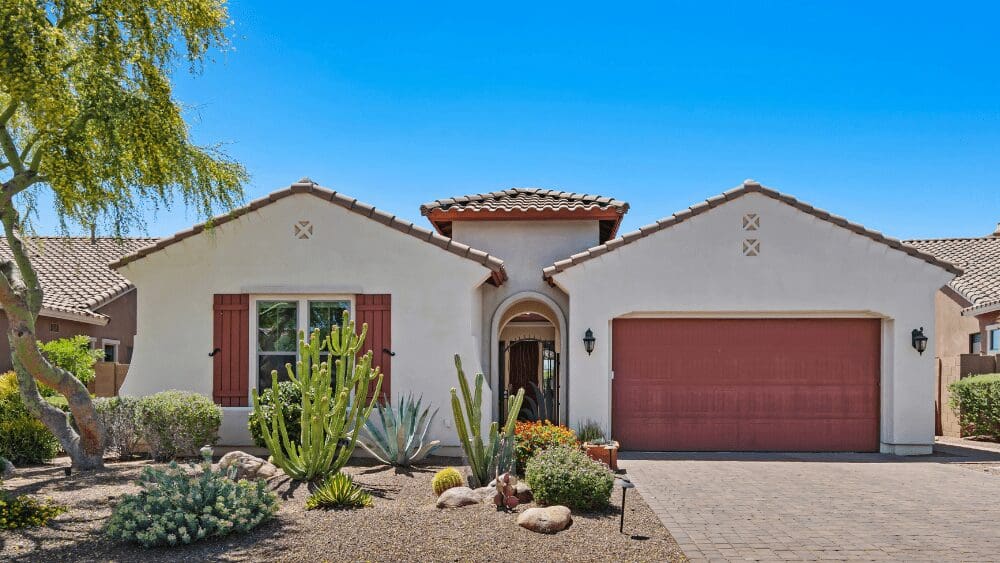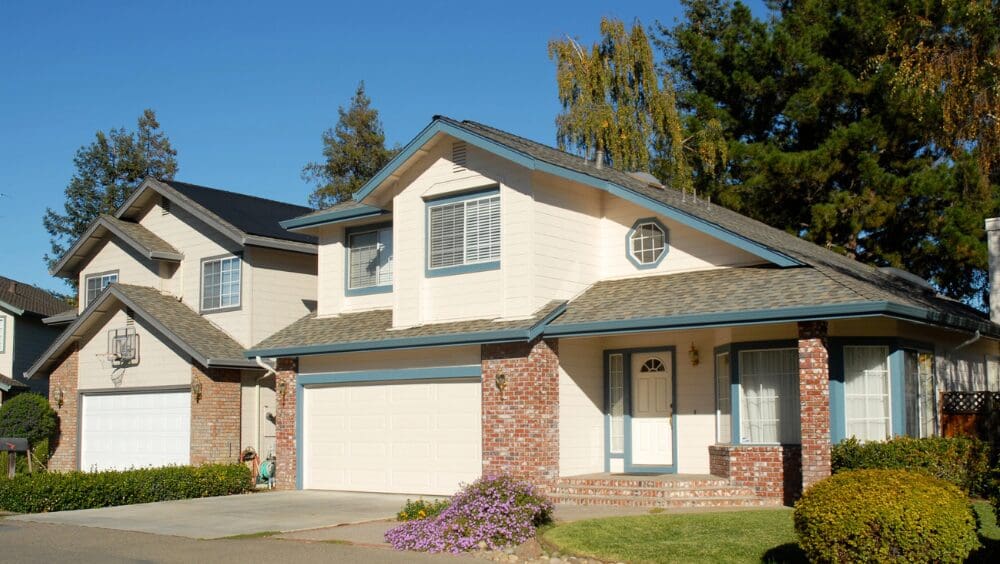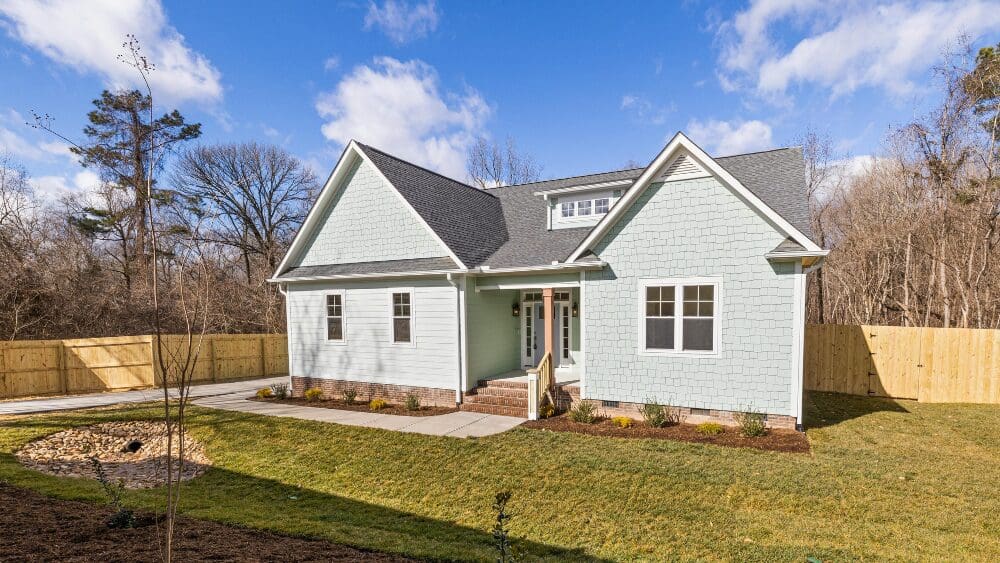
Applying for a mortgage involves a number of phrases that you might not have ever heard, and when your loan originator asks you whether you want to “lock in your mortgage rate,” you might not have a clue what they mean. But this isn’t a question that you should ignore; it can (and will) impact your mortgage payment from the very first month. What’s a mortgage loan rate lock, anyway? A rate lock is an agreement you make with your mortgage lender to guarantee your interest rate while they work to close your loan. Locking in a rate is an essential step to getting a home loan. If nothing else, when you sign the papers to finalize the loan, that will definitely lock in the rate. However, a rate lock is also something you can do much earlier in the process. It’s an important way to manage risk and control costs. Here’s what you need to know about mortgage loan rate locks, what they can do for you, and when and how you can put one in place. As you already know (or will soon learn), the interest rate on your home loan is one of its most important features. A lower rate is better because it means you’ll be paying less interest, and the loan won’t cost you as much over time. The interest rate can noticeably affect your monthly payment — the higher the rate, the bigger your payment will be. And over the life of a typical mortgage, even small differences in the loan’s interest rate can make a difference of thousands or even tens of thousands of dollars in the total amount you’ll pay to own your house free and clear. (More on that in a minute.) With this in mind, when you’re shopping for a loan, the interest rate that lenders offer will be a major consideration. However, interest rates change constantly according to the tides of the financial markets. The rate you are quoted today is only today’s rate. Tomorrow’s rate is often not the same. That’s important because it typically takes 4-6 weeks to close on a mortgage loan. Your lender needs that time to evaluate your loan request and prepare the necessary documents. During that time, interest rates can — and often do — go up or down by significant amounts. So how can you be sure that the interest rate that attracted you to your lender and your loan will actually be the rate on the loan documents you eventually sign? The answer is the mortgage loan rate lock. Some lenders and brokers may also refer to it as a lock-in or rate commitment. By any name, this is an agreement your lender makes to guarantee that the interest rate you agree to pay today will be the rate on your loan documents when you sit down for closing. Without a rate lock, the interest rate you finally agree to may have floated above what you planned to pay. It may make the loan a lot less attractive. It may even be more than you can afford! Luckily, a rate lock is a common feature of most loans. Many experts not only recommend rate locks to others but also use rate locks themselves when they are taking out a mortgage. “We have a wide range of customers — like myself — that always immediately lock as soon as they can,” says John Boyles, vice president of capital markets for HomeLight Home Loans. “I never float. If it’s a rate I like, I take it.” Boyles explains that he is a risk-averse borrower. More certainty around the cost of the money he’s borrowing gives him peace of mind. It also lets him plan for the future with confidence because he can correctly anticipate his mortgage payment amount. That’s also true of ordinary borrowers who are similarly wary of taking on too much risk. “When they lock their loans, they’re transferring the risk of the rate rising during the time it takes to process the loan.,” Boyles explains. “They’re giving it to the lender, broker, or loan officer, so they are now responsible for handling that interest rate risk.” This doesn’t mean you have to agree to a rate lock. But it may suggest that a rate lock is something to look into. To begin, let’s check out the major features of a rate lock. Here’s what is covered in a typical rate lock agreement: A rate lock agreement often will include a float-down provision that describes what happens if rates go down before your closing. It also covers what happens if you don’t close the loan before the rate lock expires. The short answer to why you might want a rate lock is simply because rates are moving constantly, and even small changes can add up to a lot of money over years and decades. Historical rate information from Freddie Mac shows that rates are almost never the same from one month to the next. While most monthly differences are around one-tenth of one percentage point or thereabouts, it’s not unusual for rates to vary by as much as a quarter of a percentage point or more during the course of a single month. That might sound like a small amount, but these fluctuations can make a significant difference in your monthly payment. Let’s look at an example: You are buying a $300,000 home and putting $60,000 down (20% down). You’ll borrow $240,000 with a 30-year mortgage, and you can lock in your interest rate today at 7.5% without spending money on points (which you buy upfront to decrease your mortgage interest rate). If you lock your rate in today, your estimated monthly payment will be $1,927, including estimated escrow payments for taxes and insurance. Over the 30-year life of the loan, you’ll pay a total of $364,121 interest. In this hypothetical example, you decide not to lock in your rate. By the time you close, rates have climbed to 7.75%. This quarter of a percentage point difference means your monthly payment will now be $1,969, and the total interest you’ll pay has climbed to $378,980. That’s an increase of $14,859 over the life of the loan. The $42 increase in the monthly payment might not seem significant, but remember that any increase in the monthly payment increases your debt-to-income ratio. Debt-to-income compares your total monthly debt payments to your total income. If this figure slips below the acceptable level — many lenders look for a ratio below 43% — you may have to come up with a bigger down payment to qualify for a loan.What’s a mortgage loan rate lock?
Rate locks as a risk management tool
The main elements of a mortgage rate lock agreement
Why would you want a mortgage rate lock?



